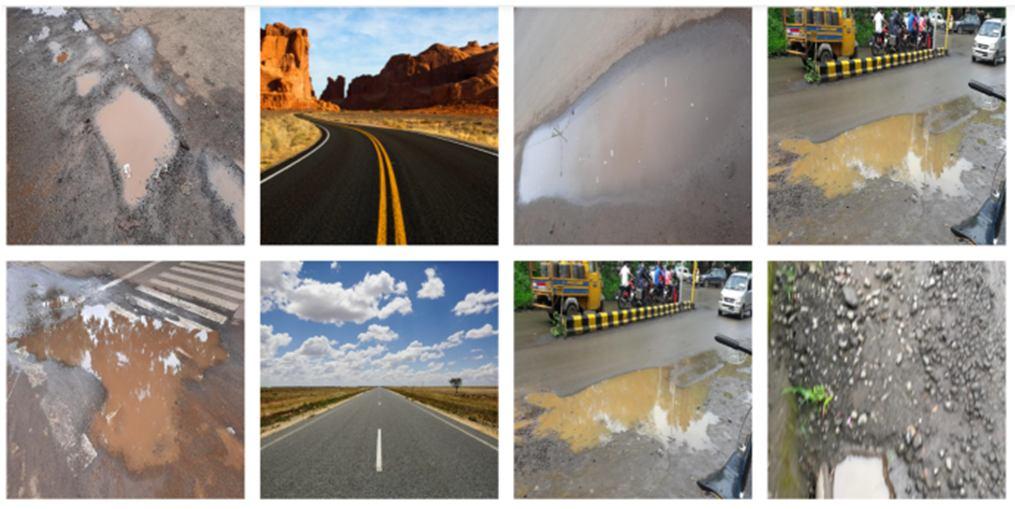
2 minute read
International Journal for Research in Applied Science & Engineering Technology (IJRASET)
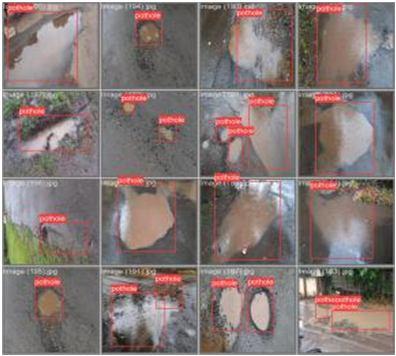

Advertisement
ISSN: 2321-9653; IC Value: 45.98; SJ Impact Factor: 7.538
Volume 11 Issue III Mar 2023- Available at www.ijraset.com
VIII.IMPLEMENTATION
Code & Dataset Snippets
Capture logic And labeling
Assign model with SVM classifier
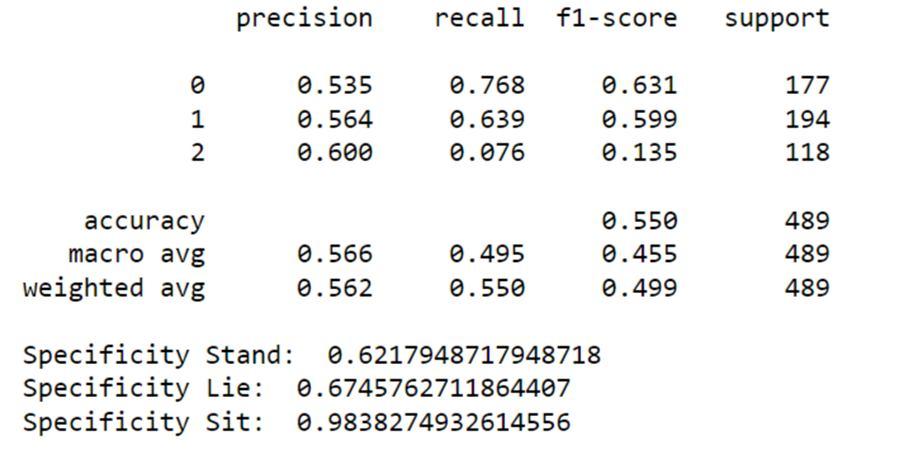
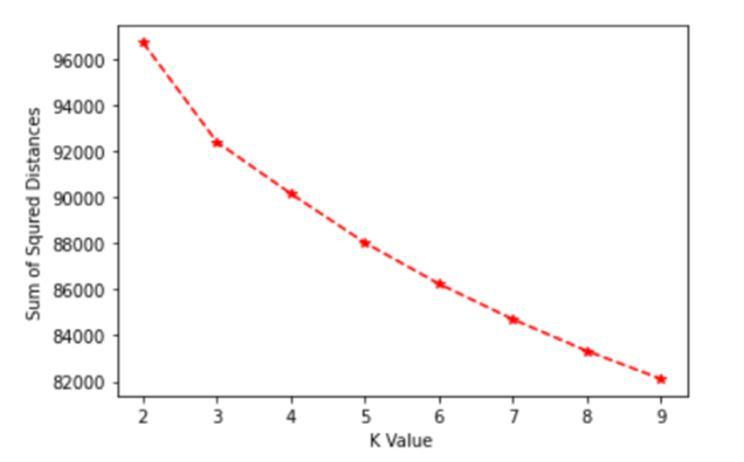
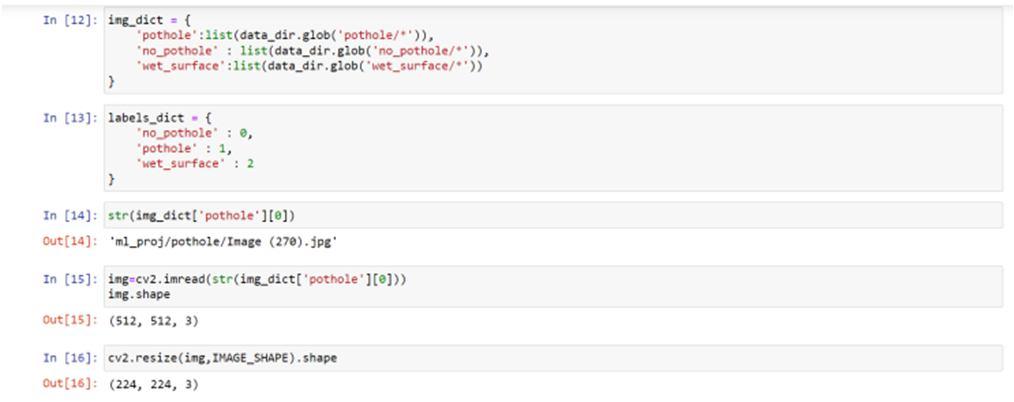
ISSN: 2321-9653; IC Value: 45.98; SJ Impact Factor: 7.538
Volume 11 Issue III Mar 2023- Available at www.ijraset.com
Decision Tree Classifier
IX. CHALLENGES
1) Priorities include object categorization and localisation. The first major challenge of object detection is its additional goal: we want to identify picture objects as well as establish their locations, which is known as the object localization problem. To solve this problem, researchers frequently employ a multi-task loss function that penalises both misclassifications and localization mistakes. It is difficult to decrease the amount of false positives in audio and image frames.
2) They must also be extremely quick at prediction time in order to fulfil the real-time needs of video processing. Numerous important improvements over the years have improved the performance of these algorithms, increasing test time from 0.02 frames per second (fps) for R-CNN to 155 fps for Fast YOLO.
X. FUTURESCOPE
1) Future work of this paper is to incorporate on even more data should be trained and tested in exchange to get the high accuracy with less error and boost the rate of prediction . For real-time detected objects, complexity and accuracy are all time considerations.
2) To improve precision, a high-efficiency CPU might be employed. CNN architectures, such as the latest forms of origin (Xception and Mobile Net), are used to improve performance and precision.
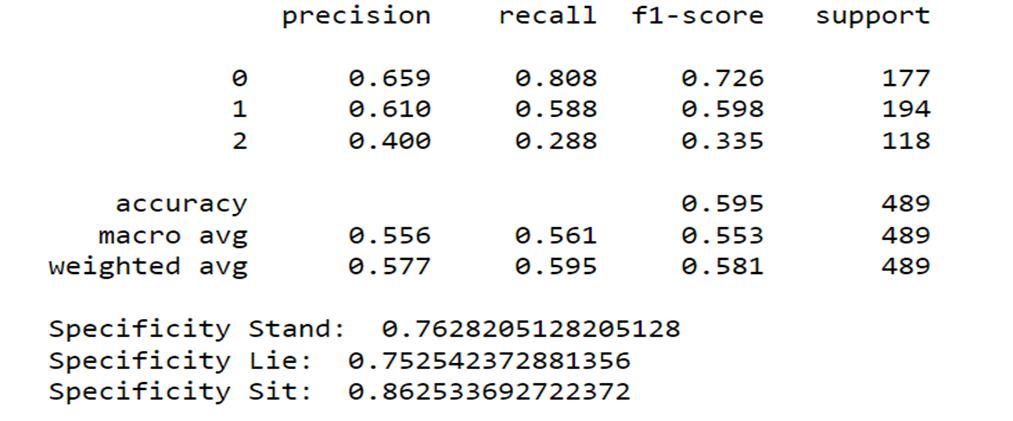
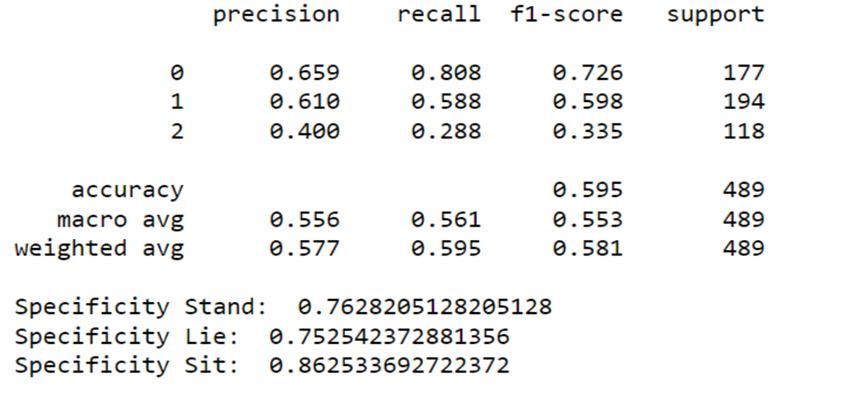
3) In the future, instead of taking images, video can be captured. This provides a good picture of the pothole and allows for a more in-depth analysis of its severity.
4) Future work may also include the location of various anomalies such as Expansion joints, Manhole and Pipeline gaps, and so on. In the future, experts will be able to investigate strategies for determining the significance of an event at any vehicle operating speed.
XI. CONCLUSION
Finally, this work aimed to detect highway and muddy roads that are plain or have potholes using pictures and was analysed using a range of deep learning algorithms. Keras pothole picture has been learned and evaluated using tensor flow. The model was trained using around 3000 photos obtained from online sources, dataset
Another dataset is drawn from the Kaggle(highway roads)dataset. The trained models are stored as h5.py for testing on the web application. The execution time varies depending on the complexity of the picture. The developed programme produces accurate and promising results on photos, both basic and complicated.
This innovation has the potential to benefit self-driving applications and the automation sector. This study may be expanded to detect various pavement distresses, road depressions, categorise roads based on quality, and estimate pothole depth. Accuracy restrictions can be addressed in the future by further modifying and expanding the real-time deployment.





